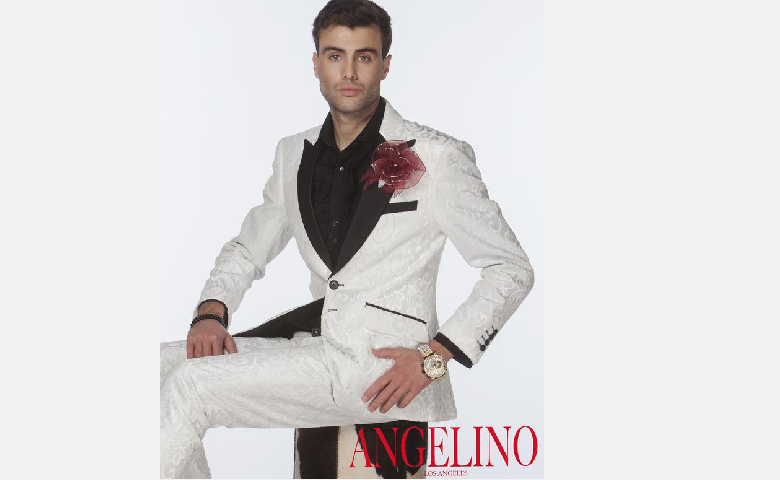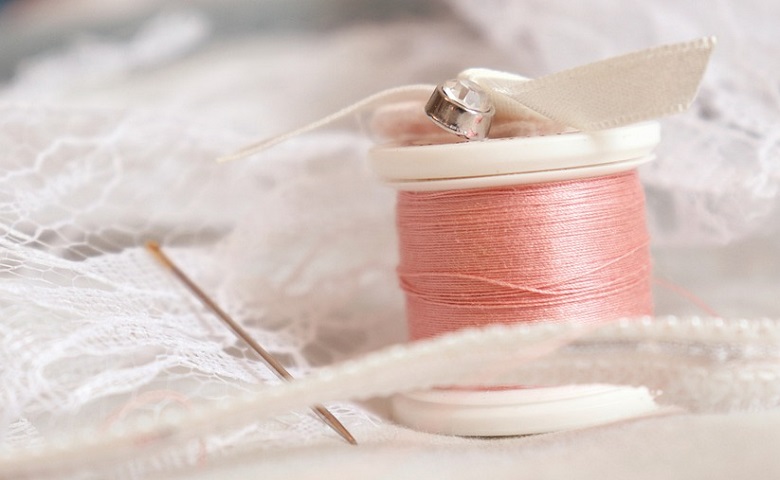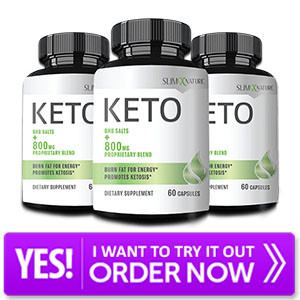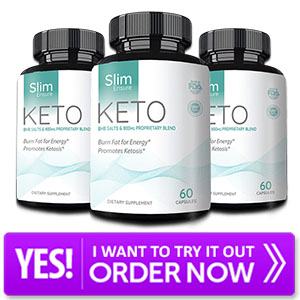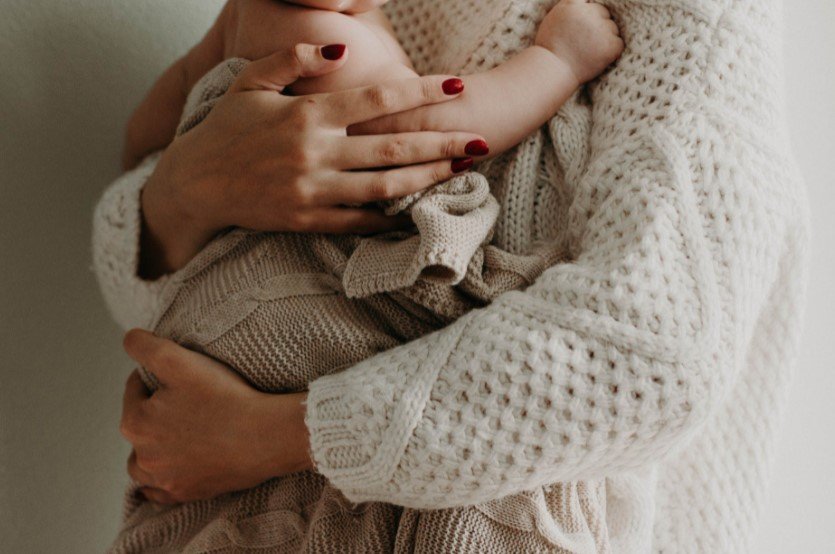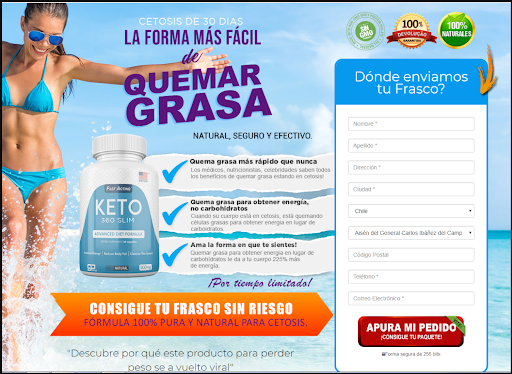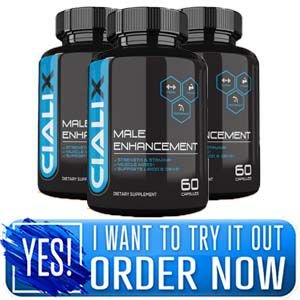3 Things to Look for in Sun Protection Clothing
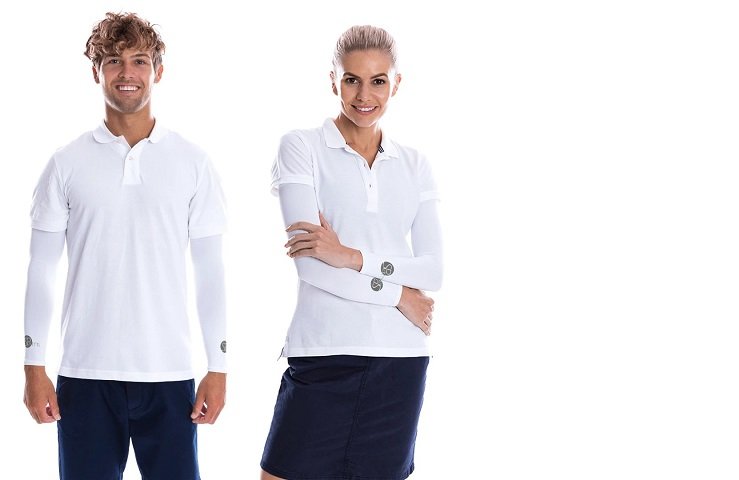
Believe it or not, UV exposure has increased over the last 30 years, and decades of pollution might be the culprit. With this, it is imperative to have some form of protection from harmful UV rays. Sunblock, sun protection clothing, and staying indoors are some of the ways to protect you from UV rays that may lead to significant health risks.
If you dislike the idea of applying sunblock on your skin every few hours, you might as well invest in sun protection clothing – at least you will have some form of sun protection, especially if you go outside often. Some people are not aware, but even clothes without the Skin Cancer Foundation’s seal of approval offer significant protection against the sun’s harmful rays. If you have decided on buying protective clothing, you should look for its important qualities.
Material
Regular clothes are made with various materials such as cotton, polyester, wool, and linen. However, only some of these materials can offer substantial sun protection, namely wool and polyester. Luckily, chemicals can be added to those materials which do not readily absorb UV radiation. You can always check the material of choice and make sure it has a UPF of at least 30.
Design of material
After you have selected your ideal material, the level of protection it will give will also depend on its construction. Tightly woven fabrics offer better protection than those that are loosely made. An easy way to check its ideal weave would be to place the clothing against the sun – if you can see pinholes between the fabric, you could say that the clothing is loosely woven. Nevertheless, it would be best if you also considered the fabric’s breathability; a set of hot clothes on a hot day will always lead to a disaster.
Color also plays an important role in the absorption of UV rays. Darker colors tend to be hot but are more efficient in absorbing radiation. If you are not a fan of dark colors, then there is another option. Studies suggest that more vivid colors offer more substantial amounts of UV absorption than paler clothes.
Fit
Loosely fitting clothes may be awkward and an eyesore for some, but they actually offer better sun protection. Besides allowing more air to flow between the fabric and the wearer’s skin, loose clothes maintain the consistency in the fabric’s weave. The opposite is true for tight clothing – a tighter fit tug and separates the individual fibers in the fabric, exposing tiny holes that might permit entry of UV rays.
It is already common sense that more surface coverage means more protection. Longer sleeves will protect more skin than tank tops or pairs of shorts ever will. If you will opt for more coverage, choose clothes that are looser and less irritating.
While staying indoors is much easier and more comfortable, you will eventually have to go outside, be it for leisure or personal purposes. Traffic enforcers, construction workers, and other people who spend most of the day outside are highly at risk from harmful UV rays and the health problems which come with them. It is generally a good idea to wear sun protection clothing whenever you need to go outside, no matter what your lifestyle is.

